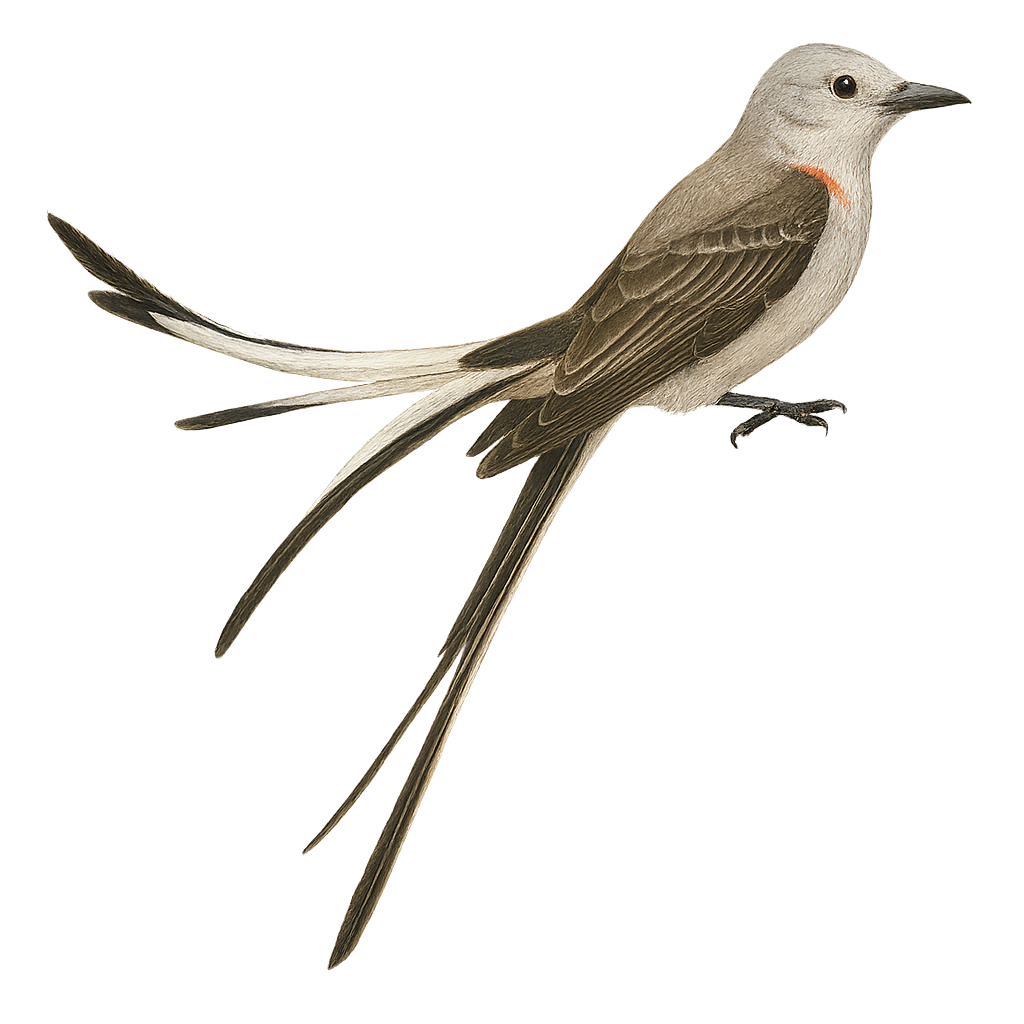Your wildlife photography guide.
Explore the scissor-tailed flycatcher in detail, study its behavior, prepare your shots.
Where to observe and photograph the scissor-tailed flycatcher in the wild
Learn where and when to spot the scissor-tailed flycatcher in the wild, how to identify the species based on distinctive features, and what natural environments it inhabits. The WildlifePhotographer app offers tailored photography tips that reflect the scissor-tailed flycatcher’s behavior, helping you capture better wildlife images. Explore the full species profile for key information including description, habitat, active periods, and approach techniques.
Scissor-tailed Flycatcher
Scientific name: Tyrannus forficatus

IUCN Status: Least Concern
Family: TYRANNIDAE
Group: Birds
Sensitivity to human approach: Suspicious
Minimum approach distance: 10 m
Courtship display: April to June
Incubation: 14-16 jours
Hatchings: April to July
Habitat:
prairies, open plains, savannas
Activity period :
Primarily active during the day, with peak activity in the morning and late afternoon.
Identification and description:
The Scissor-tailed Flycatcher, Tyrannus forficatus, is an elegant and distinctive bird, recognizable by its long forked tail and pale gray plumage contrasting with black wings. It is often seen in open plains and prairies of North America, where it primarily feeds on flying insects. This migratory passerine is known for its spectacular aerial acrobatics while hunting. During the breeding season, the male performs impressive courtship displays to attract the female. The nest is usually built in a tree or shrub, and the female lays three to six eggs. Although its habitat is sometimes threatened by human expansion, the Scissor-tailed Flycatcher remains a relatively common species.
Recommended lens:
400 mm – adjust based on distance, desired framing (portrait or habitat), and approach conditions.
Photography tips:
To photograph the Scissor-tailed Flycatcher, it is advisable to use a telephoto lens of at least 400mm to capture its details while maintaining a respectful distance. Look for open areas like prairies where it is active. Be patient and wait for it to perch after its aerial acrobatics. Morning or afternoon light is ideal for capturing vibrant colors and contrasts. Make sure to turn off the flash to avoid startling the bird.
The WildlifePhotographer App is coming soon!
Be the first to explore the best nature spots, track rutting seasons, log your observations, and observe more wildlife.
Already 1 430 wildlife lovers subscribed worldwide

